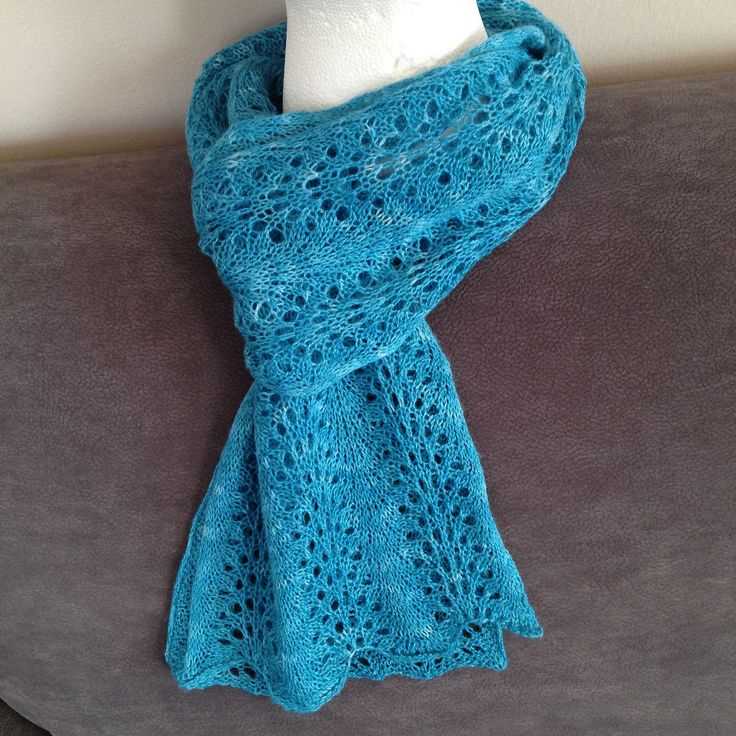
Scarves are not only a practical accessory to keep you warm, but they can also be a fashionable statement piece. Whether you are a beginner knitter or an experienced one, there are endless knitting patterns available to create your own unique and stylish scarf.
One of the most popular knitting patterns for scarves is the classic garter stitch. This pattern involves knitting every row, creating a textured and cozy fabric. It is perfect for beginners as it is simple to learn and produces a beautiful result. The garter stitch can be done with any weight of yarn and in any color, allowing you to personalize your scarf to match your style.
If you are looking for something more intricate, the cable stitch is a great option. This pattern creates a twisted and braided effect, adding depth and interest to your scarf. Although it may seem complex, once you understand the technique, it is relatively easy to follow. Cable stitch scarves are timeless and can be worn with any outfit, making them a versatile addition to your wardrobe.
For a modern and trendy scarf, the lace stitch is a popular choice. This pattern creates an open and airy fabric, perfect for spring and summer. It can be done with lightweight yarns and in bright colors, adding a pop of color to your outfit. The lace stitch may require some concentration and patience, but the end result is worth the effort.
Whether you prefer a simple and classic design or something more intricate and eye-catching, there is a knitting pattern for scarves that will suit your style. With a wide variety of stitches and techniques to choose from, you can create a scarf that is not only functional but also a reflection of your personal taste and creativity.
Knitting Patterns for Scarves
Scarves are versatile accessories that not only keep us warm, but also add a touch of style to any outfit. Knitting your own scarf allows you to customize it to your liking and create a unique piece that reflects your personality. With so many knitting patterns available, you can choose from a wide variety of designs and techniques to create the perfect scarf.
One popular knitting pattern for scarves is the classic garter stitch scarf. This pattern is perfect for beginners as it only requires basic knitting skills. The garter stitch creates a textured fabric that is warm and cozy. You can use different yarn weights and colors to create different effects. Add some fringe or tassels for an extra touch of flair.
Chunky Cable Scarf
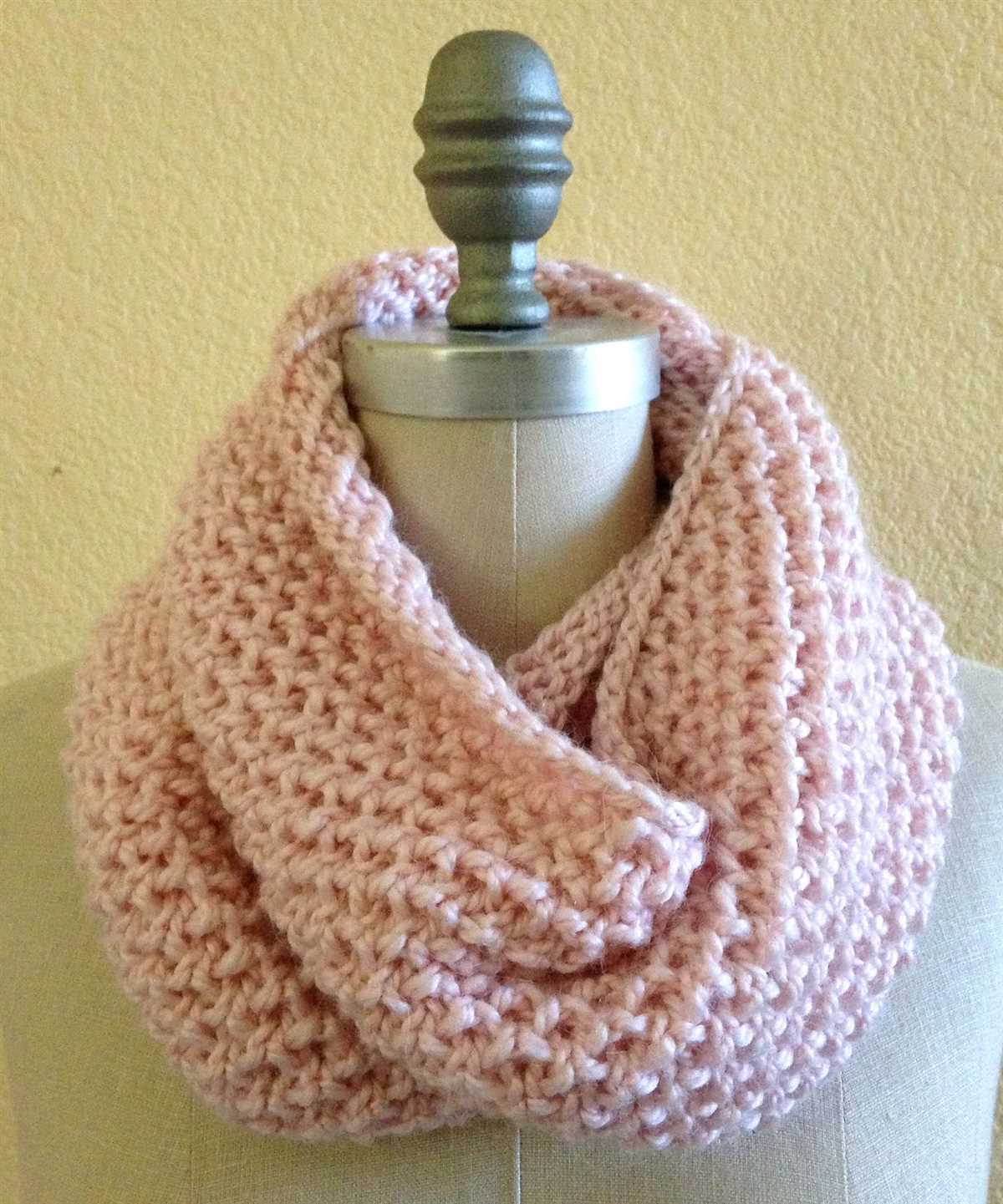
If you’re looking for a more advanced knitting pattern, the chunky cable scarf is a great choice. Cable knitting creates intricate designs that add depth and dimension to your scarf. This pattern often uses thicker yarn, resulting in a chunky and cozy scarf. The cables can be simple or more complex, depending on your skill level and desired look. This pattern is sure to impress and keep you warm during the colder months.
For those who prefer a lighter and more delicate scarf, lace knitting patterns are a great option. Lace patterns create open and airy designs that add a touch of elegance to your scarf. The delicate details make lace scarves perfect for dressing up any outfit. Choose a lace pattern with simple motifs for a beginner-friendly project, or challenge yourself with more intricate designs.
Ribbed Scarf with Pockets
If you’re looking for a scarf that not only keeps you warm but also has practical features, consider knitting a ribbed scarf with pockets. This pattern incorporates ribbing, which adds elasticity and a subtle texture to the scarf. The pockets are perfect for keeping your hands warm or carrying small essentials like keys or lip balm. This scarf is both stylish and functional, making it a must-have accessory.
Whether you’re a beginner or an experienced knitter, there are knitting patterns for scarves to suit every skill level and style preference. Experiment with different stitch patterns, yarn weights, and colors to create scarves that are truly unique. Knitting your own scarves allows you to express your creativity and stay cozy in style.
Why Knitting Scarves is a Great Winter Project
During the winter months, many people find solace in cozy indoor activities that bring warmth and comfort. Knitting scarves is a perfect winter project that not only keeps your hands busy, but also produces practical accessories to keep you warm during the cold season. Whether you are an experienced knitter or a beginner looking to learn a new skill, knitting scarves can be an enjoyable and fulfilling endeavor.
1. Relaxation and Stress Relief: Knitting has long been known for its calming and therapeutic benefits. The repetitive motions and focus required in knitting can help alleviate stress and anxiety, providing a sense of relaxation and mindfulness. In the cold winter months, when the days are shorter and the nights are longer, knitting a scarf can be a great way to unwind and create something beautiful.
2. Customization and Creativity: Knitting scarves allows you to unleash your creativity and customize your accessories according to your personal style and preferences. You have the freedom to choose your favorite colors, patterns, and textures of yarn, resulting in a unique scarf that reflects your individuality. It’s an opportunity to experiment with different stitches and techniques, and create a one-of-a-kind piece that you can proudly wear or gift to loved ones.
3. Practical and Functional: Scarves are not only fashionable accessories, but also serve the practical purpose of keeping you warm during the chilly winter days. Hand-knitted scarves provide an extra layer of insulation and protection against the cold winds. By knitting your own scarves, you can control the thickness and length to ensure maximum comfort and functionality.
4. Portability and Convenience: Knitting a scarf is a portable project that can be easily taken with you wherever you go. Whether you’re commuting, traveling, or simply sitting by the fireplace, you can take out your knitting needles and work on your scarf. It’s a convenient way to stay productive and make progress on your project, even when you’re on the move.
In conclusion, knitting scarves is an enjoyable and rewarding winter project that offers relaxation, customization, practicality, and portability. It allows you to create beautiful accessories that not only keep you warm, but also showcase your creativity. So grab your knitting needles, choose your favorite pattern, and get ready to experience the joy of knitting scarves this winter season!
Choosing the Right Yarn for Your Scarf
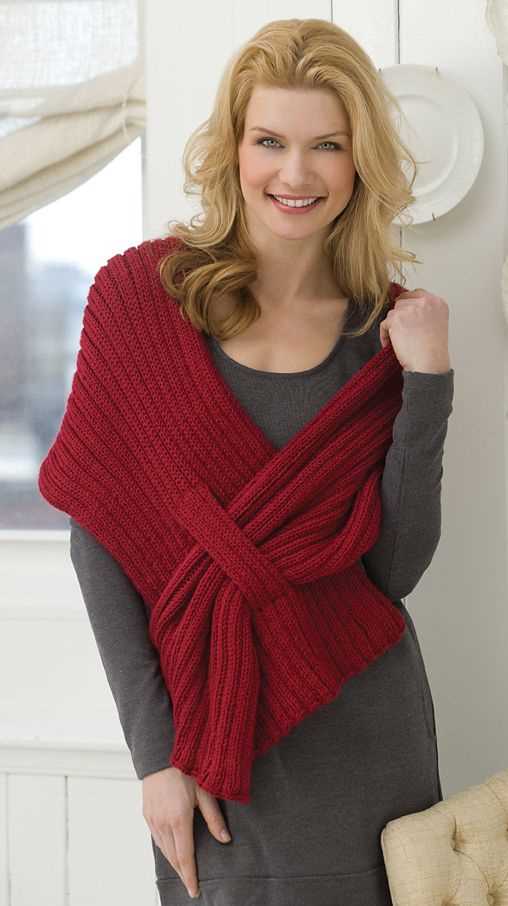
When it comes to knitting a scarf, one of the most important decisions you’ll need to make is choosing the right yarn. The type of yarn you use can greatly impact the look and feel of your finished scarf, so it’s important to consider a few key factors before making your selection.
Weight: The weight of the yarn refers to its thickness or thinness. For scarves, it’s generally best to choose a medium-weight yarn, also known as worsted weight. This weight is versatile and works well for various stitch patterns, making it suitable for both beginner and experienced knitters.
Fiber: Different yarn fibers offer different qualities and characteristics. Common options for scarves include wool, acrylic, and alpaca. Wool is warm and durable, but it can be itchy for some people. Acrylic is soft and affordable, but it may not be as insulating as natural fibers. Alpaca is incredibly soft and warm, but it can be more expensive. Consider the desired warmth and texture of your scarf when selecting a fiber.
Texture: The texture of the yarn can greatly impact the overall look of your scarf. Smooth yarns, such as silk or cotton blends, create a polished and elegant finish. On the other hand, textured yarns, like boucle or mohair, add visual interest and create a cozy, fluffy appearance. Consider the style and design of your scarf when choosing the texture of your yarn.
Color: The color of your yarn can make a big difference in the final appearance of your scarf. Bright, bold colors can make a statement and add a pop to any outfit. Neutrals, such as shades of gray or beige, create a classic and versatile look. Consider your personal style and the intended use of your scarf when selecting the color of your yarn.
Care Instructions: Lastly, make sure to check the care instructions for the yarn. Some yarns may require hand washing or special care, which can be important if you’re making a gift or if you prefer low-maintenance items. Consider your lifestyle and preferences when choosing a yarn that aligns with your desired care routine.
Essential Knitting Tools for Scarf Making
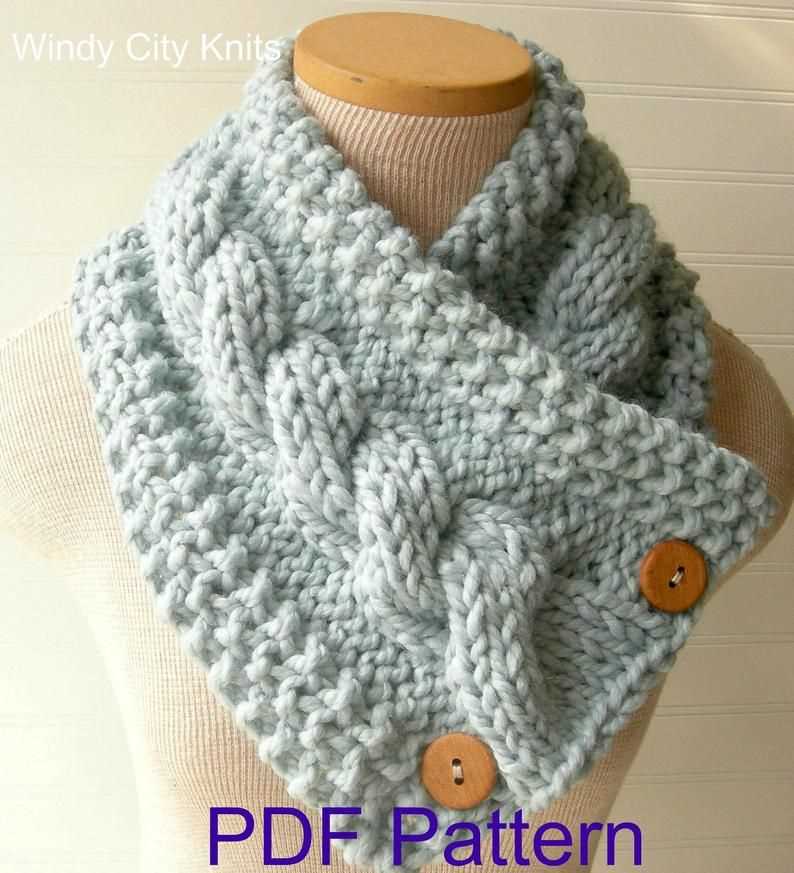
When it comes to knitting scarves, having the right tools can make all the difference in the world. Whether you are a beginner or an experienced knitter, having the essential knitting tools on hand can ensure that your scarf-making journey is enjoyable and successful.
Knitting Needles: The first and most obvious tool you will need for scarf making is a pair of knitting needles. Knitting needles come in various sizes and materials, such as metal, wood, or plastic. The size of the needles you choose will depend on the type of yarn and the desired result.
Yarn: Another essential tool for scarf making is, of course, the yarn. There are countless options when it comes to choosing yarn, including different colors, textures, and fibers. It’s important to select a yarn that is suitable for scarves and is soft and comfortable to wear around the neck.
Scissors: Having a pair of sharp scissors is crucial for any knitting project, including scarf making. You will need to cut the yarn at various points, so having a reliable pair of scissors will make the task much easier and neater.
Tape Measure: To ensure that your scarf turns out the right size, a tape measure is a must-have tool. This will help you keep track of the length of your scarf as you progress, ensuring that it matches your desired measurements.
Stitch Markers: Stitch markers are essential for keeping track of your stitches, especially if you are following a complex pattern. These small circular markers can be inserted into your knitting to mark specific spots or indicate where a pattern repeat begins or ends.
Row Counter: A row counter is a handy tool for keeping track of the number of rows you have knitted. This is particularly useful if you are following a pattern that requires a specific number of rows or if you want to ensure that both ends of your scarf are symmetrical.
Yarn Needle: Once you have finished knitting your scarf, you will need a yarn needle to weave in the loose ends and secure them. A yarn needle has a large eye that allows you to thread the yarn through and neatly finish your project.
Overall, having the right knitting tools is essential for successful scarf making. Whether it’s a pair of knitting needles, a tape measure, or stitch markers, these tools will help you create beautiful and cozy scarves that you can be proud of.
Basic Knitting Stitches for Scarves
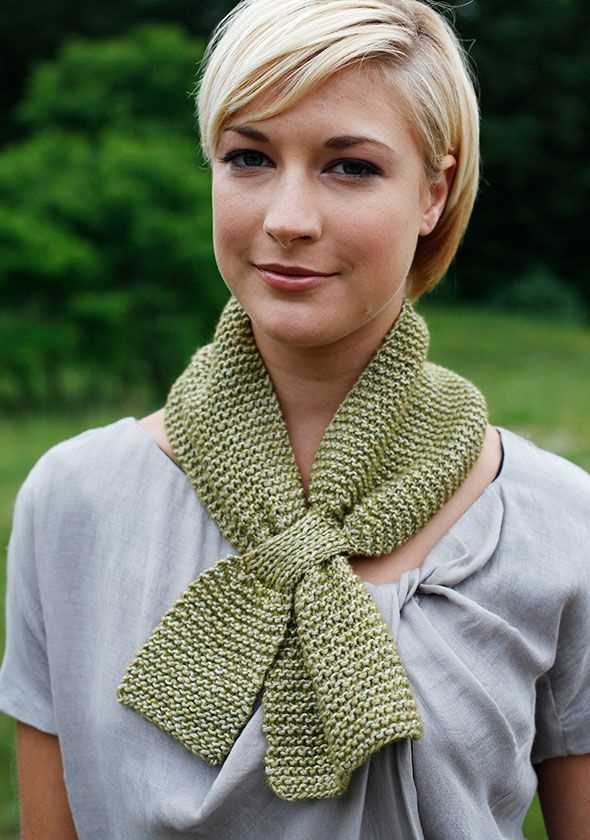
When it comes to knitting scarves, there are a few basic stitches that every knitter should know. These stitches form the foundation of many scarf patterns and can be easily learned and mastered. Whether you’re a beginner or an experienced knitter, mastering these stitches will give you the skills to create beautiful and unique scarves.
1. Garter Stitch
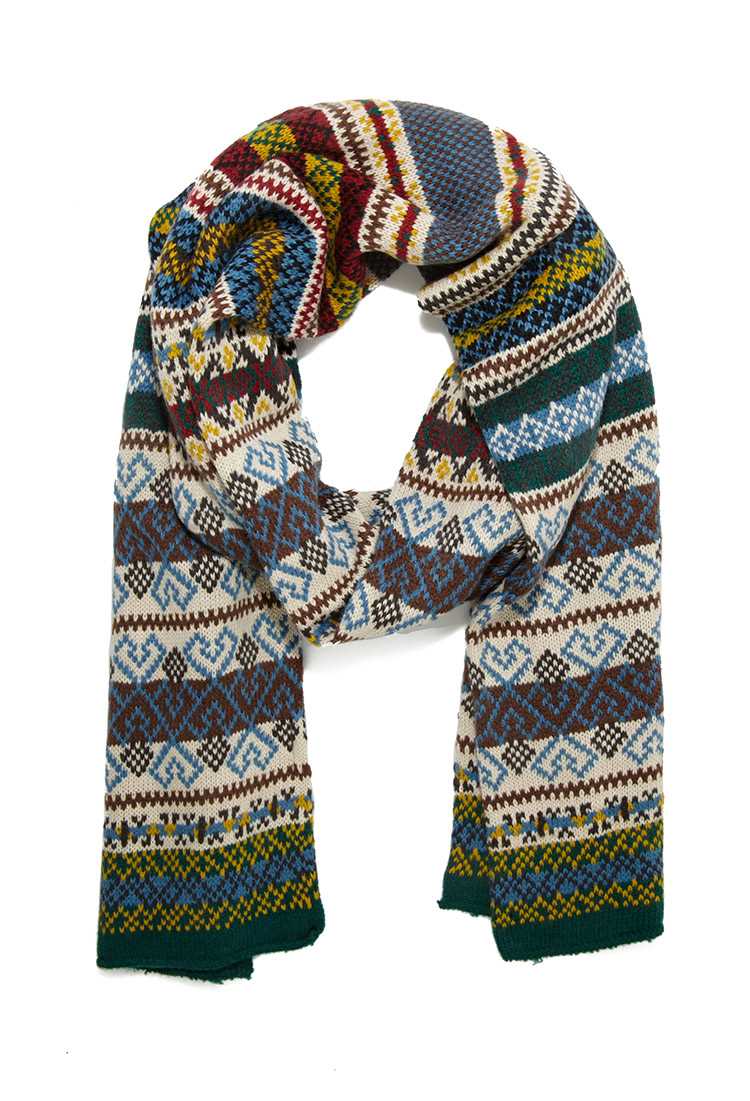
The garter stitch is one of the most basic and versatile stitches in knitting. It is created by knitting every row, resulting in a fabric with a bumpy texture. This stitch is perfect for scarves as it lays flat and doesn’t curl at the edges. It is also reversible, making it ideal for scarves that can be worn in different ways.
2. Stockinette Stitch
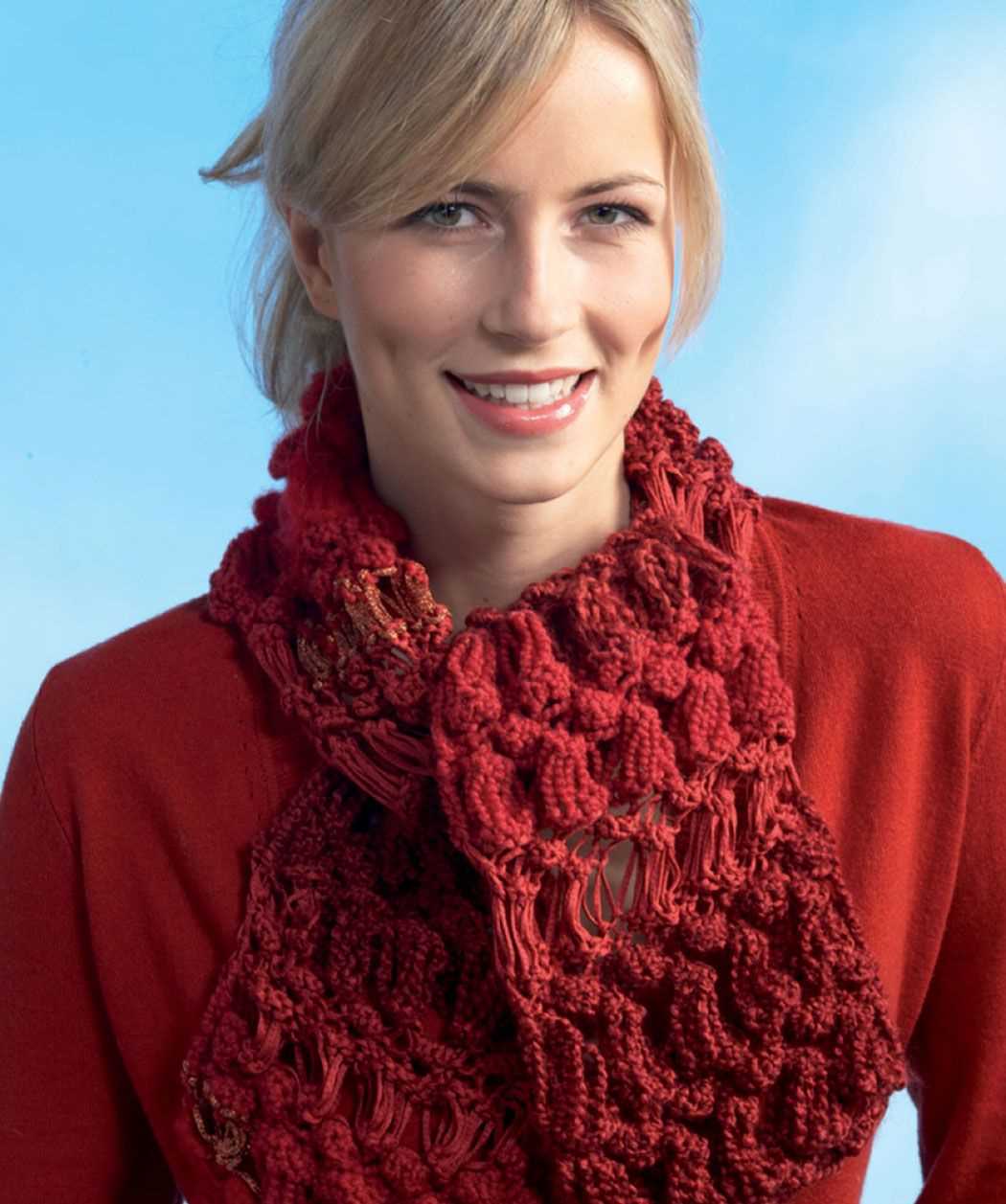
The stockinette stitch is another essential stitch in knitting. It is created by alternating rows of knitting and purling. This stitch creates a smooth and flat fabric with a distinct “V” pattern on one side and a bumpy texture on the other side. Scarves made with stockinette stitch have a clean and classic look.
3. Ribbing Stitch
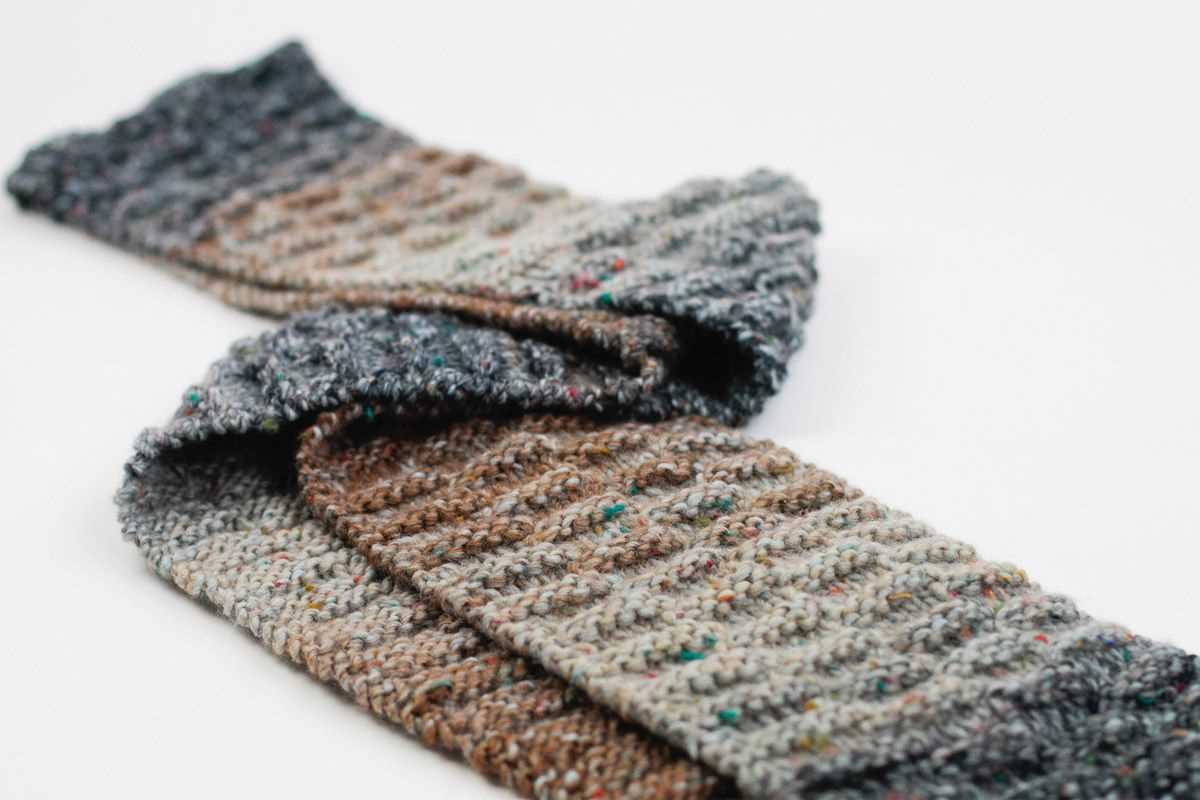
Ribbing stitch is a popular choice for the borders or edges of scarves. It is created by alternating knit and purl stitches in a specific pattern, such as knitting two stitches and purling two stitches. Ribbing stitch creates a stretchy and textured fabric that adds visual interest to any scarf design.
4. Seed Stitch
Seed stitch is another easy and versatile stitch for scarves. It is created by alternating knit and purl stitches in a random pattern, such as knitting one stitch and purling one stitch in one row, and then purling one stitch and knitting one stitch in the next row. This stitch creates a textured fabric with small, raised bumps that resemble seeds.
These are just a few of the basic knitting stitches that you can use to create beautiful scarves. By mastering these stitches, you will have the foundation to explore more complex and intricate scarf patterns. So grab your knitting needles and start practicing these stitches to create cozy and stylish scarves for yourself or as gifts for your loved ones!
Simple Beginner Scarf Patterns
If you are new to knitting and looking for an easy project to start with, a scarf is a great option. Scarves are versatile, simple, and a perfect way to practice basic knitting stitches. Whether you want to keep warm during the cold winter months or want to add a stylish accessory to your outfit, here are a few simple beginner scarf patterns to get you started.
Garter Stitch Scarf
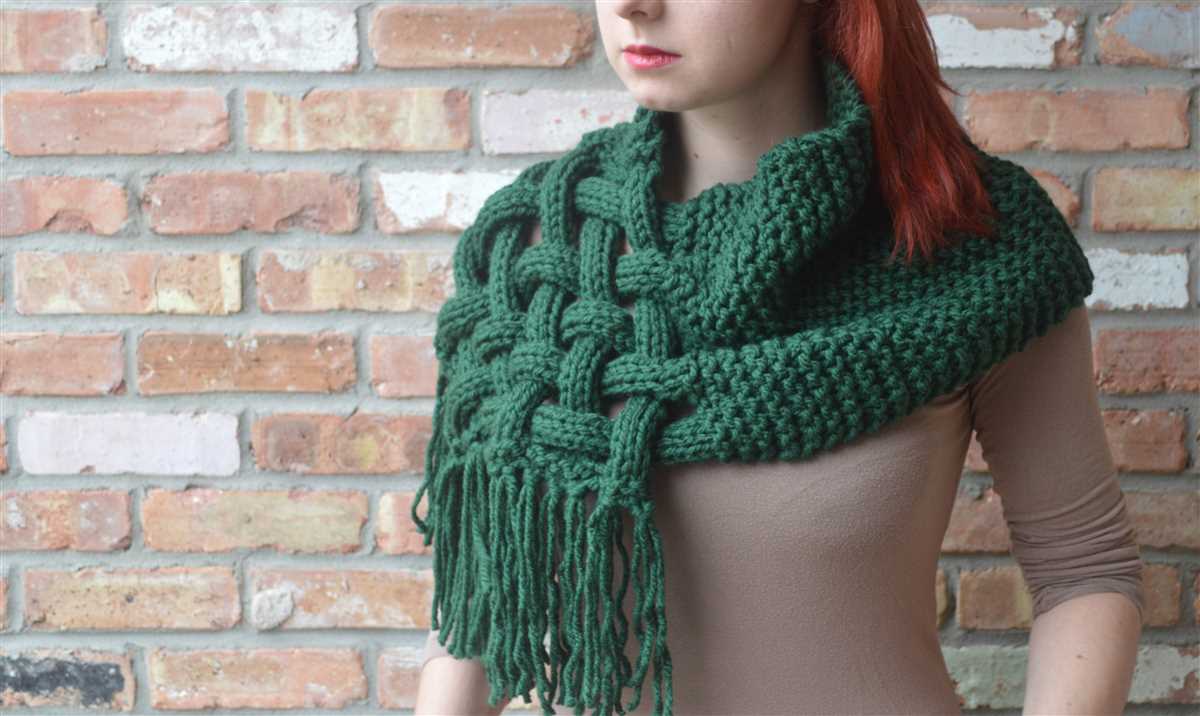
The garter stitch is one of the simplest and most basic knitting stitches, making it perfect for beginners. To create a garter stitch scarf, all you need to do is knit every row. This creates a textured fabric with horizontal ridges. You can use any type of yarn and needle size for this pattern, making it customizable to your preference. The garter stitch scarf is great for practicing your knitting skills and creating a cozy and warm accessory.
Ribbed Scarf
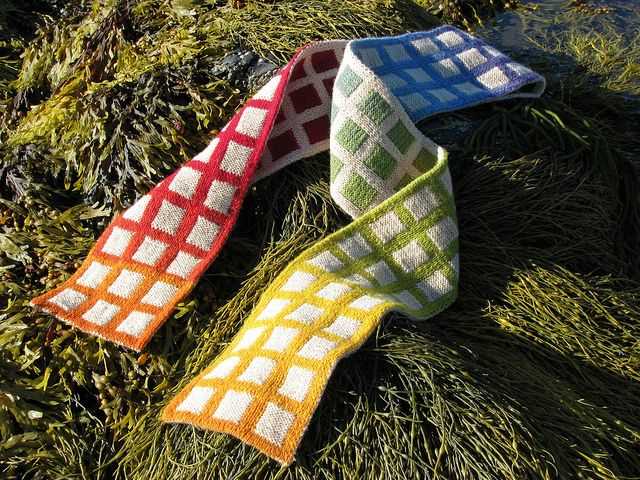
The ribbed scarf is another easy pattern for beginners. It is created by alternating knit and purl stitches, which gives it a ribbed texture. You can choose any combination of knit and purl stitches to create different rib patterns, such as 1×1 rib or 2×2 rib. This type of scarf is perfect for adding some visual interest to your knitting project while still keeping it simple. It’s a great way to practice your tension and create a stretchy and comfortable scarf.
Seed Stitch Scarf
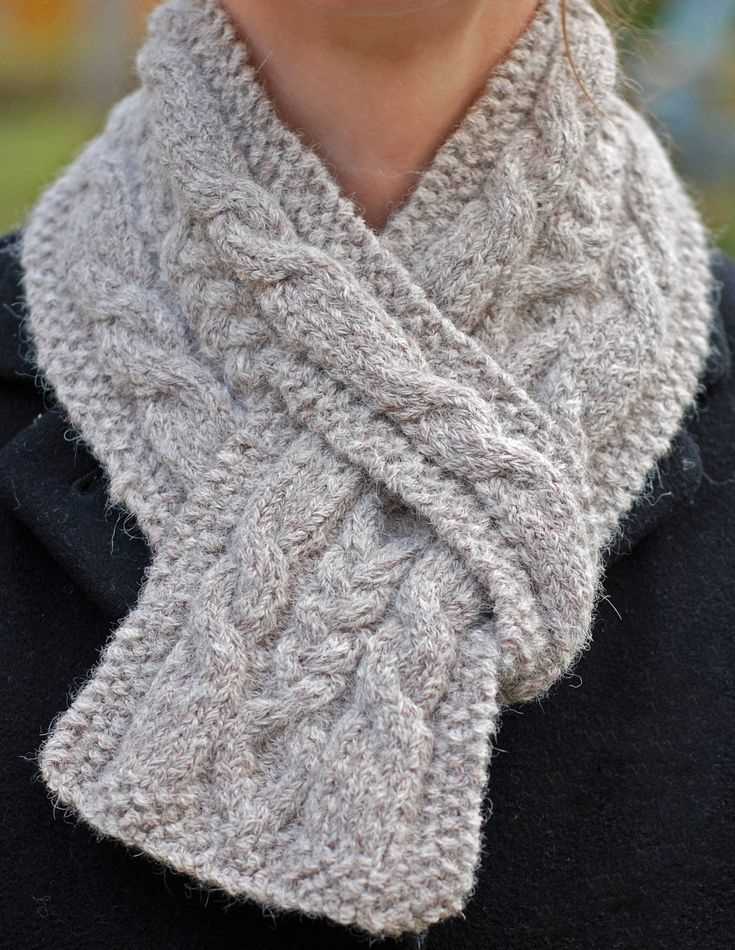
The seed stitch is a simple stitch pattern that creates a textured fabric with small, raised dots. It is created by alternating knit and purl stitches in a specific pattern. The seed stitch scarf is perfect for beginners who want to try something a little more challenging than the garter or ribbed scarf. It creates a beautiful, intricate texture and can be done with any yarn and needle size. The seed stitch scarf is a great way to add some dimension to your knitting project and create a unique accessory.
These simple beginner scarf patterns are a great way to start your knitting journey. They are easy to learn, customizable to your preferences, and allow you to practice basic knitting stitches. So grab your yarn and knitting needles, and start creating your own cozy and stylish scarves!
Intermediate Scarf Patterns with Unique Designs
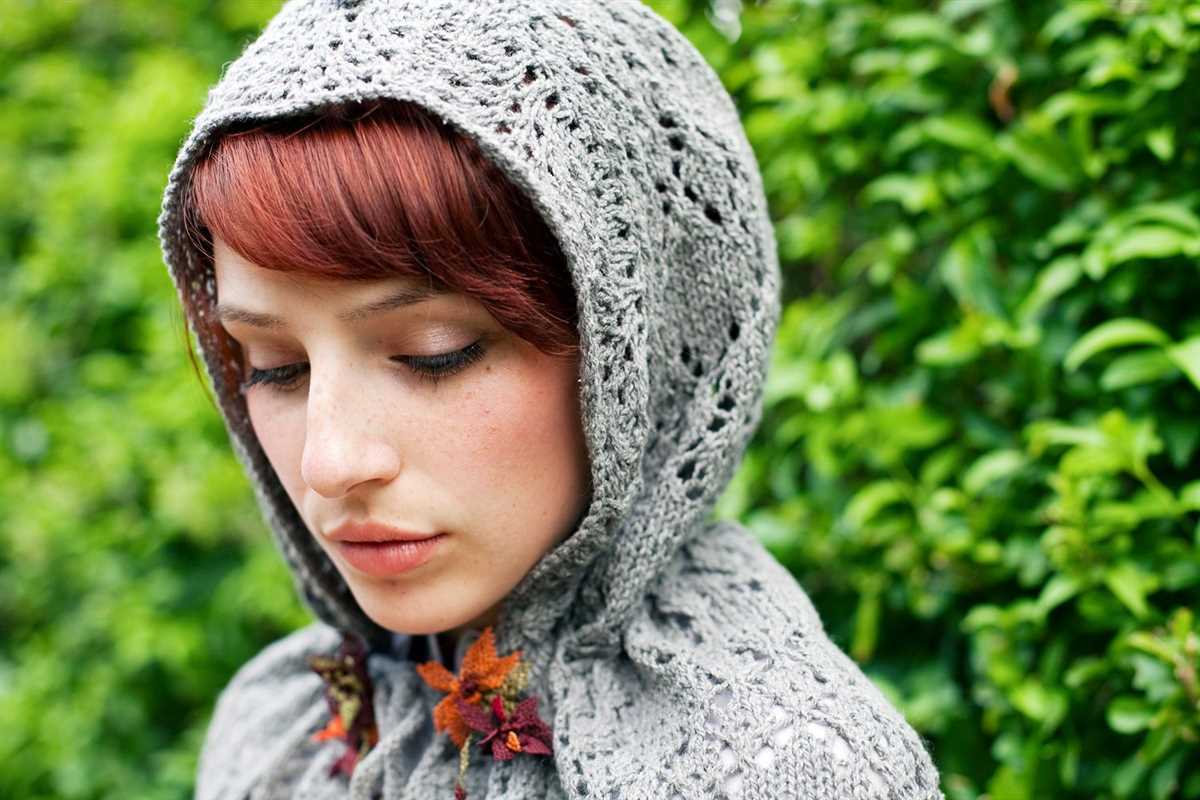
In the world of knitting, scarf patterns are a popular choice for those looking to try out new techniques and create stylish accessories. For intermediate knitters, there are a variety of patterns available that offer unique designs and interesting stitch combinations. These patterns can help you expand your skills and create scarves that stand out from the crowd.
One intermediate scarf pattern that showcases a unique design is the “Cable and Lace Scarf”. This pattern combines traditional cable stitches with delicate lace panels to create a scarf that is both elegant and eye-catching. The combination of textures adds visual interest and makes this scarf a great statement piece.
For those looking to add a pop of color to their scarf collection, the “Colorful Chevron Scarf” is a great option. This pattern uses a chevron stitch pattern and incorporates multiple colors to create a vibrant and playful design. The use of different colors allows for endless customization and can help you showcase your personal style.
If you’re in the mood for something a bit more challenging, the “Double-Knit Reversible Scarf” is a pattern worth trying. This scarf is knit using a double-knitting technique, which creates a reversible fabric with intricate colorwork patterns on both sides. The result is a scarf that looks equally stunning from any angle.
Whichever pattern you choose, these intermediate scarf designs offer a chance to challenge your knitting skills and create unique accessories that are sure to impress. Whether you’re looking to experiment with different stitch patterns or add a touch of color to your wardrobe, these patterns will provide endless inspiration and opportunities for creativity.
Advanced Scarf Patterns for Experienced Knitters
For experienced knitters looking for a challenge, advanced scarf patterns provide an opportunity to showcase your skills and create unique and intricate designs. These patterns often incorporate more complex stitches, techniques, and motifs, resulting in stunning and eye-catching scarves that are sure to turn heads.
1. Lace Scarf
A lace scarf is a classic and elegant option for advanced knitters. This pattern typically involves delicate lace stitches that create an intricate and airy fabric. The use of yarnovers, decreases, and other lace knitting techniques adds depth and dimension to the scarf. You can choose from a variety of lace patterns, such as leaf motifs, floral designs, or geometric shapes, to create a personalized and stunning piece.
2. Cable Scarf
If you enjoy working with cables, an advanced cable scarf pattern is the perfect choice. These patterns often feature complex cable designs that require a good understanding of cable knitting techniques and chart reading. With their interwoven and twisted cables, cable scarves create a textured and visually appealing look. You can experiment with different cable patterns, such as braids, twists, or diamonds, to add variation and uniqueness to your scarf.
3. Colorwork Scarf
Colorwork scarves allow you to showcase your color knitting skills and create vibrant and stunning pieces. These patterns involve working with multiple colors in a single row or round to create intricate color patterns and motifs. Fair Isle, intarsia, or stranded knitting techniques are often used in colorwork scarves. You can choose to create geometric patterns, floral designs, or even incorporate pictures or symbols into your scarf.
4. Moebius Scarf
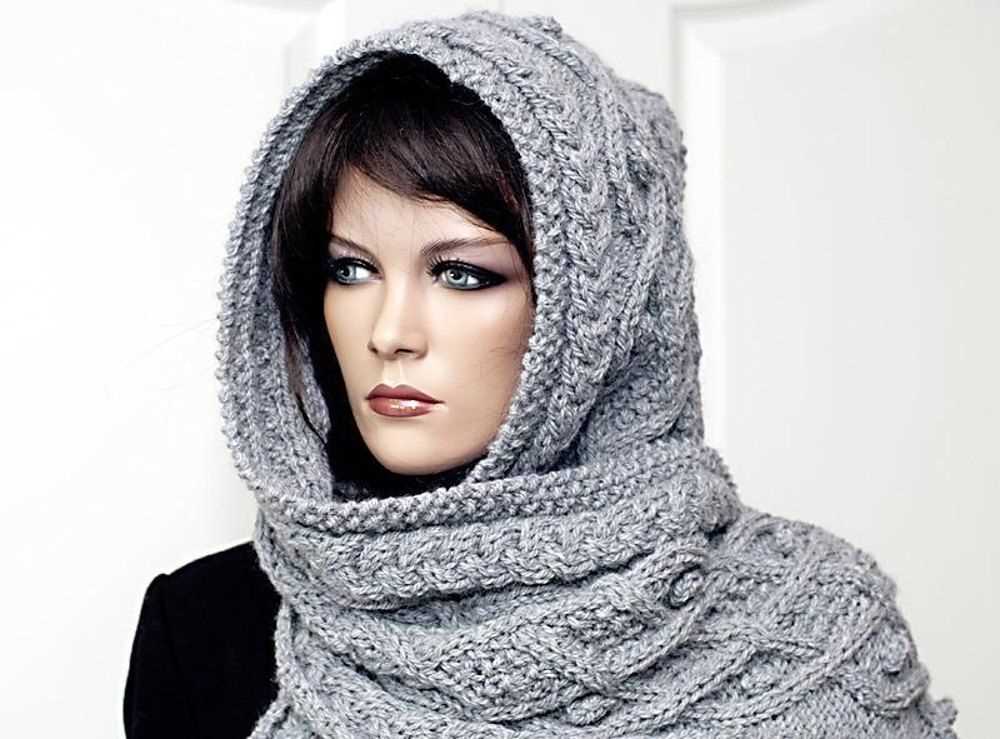
A Moebius scarf is an advanced knitting project that involves knitting a twisted loop that creates a unique and fascinating shape. This scarf is versatile and can be worn in various ways, thanks to its infinite loop design. Knitting a Moebius scarf requires understanding the Moebius cast-on method and working in the round with a twist. With the right choice of yarn and stitch patterns, you can create a stunning and stylish Moebius scarf.
Overall, advanced scarf patterns provide an exciting challenge for experienced knitters, allowing them to expand their skills and create beautiful and intricate designs. Whether you prefer lace, cables, colorwork, or unique shapes, there is a pattern out there that will push your knitting abilities and result in a truly remarkable scarf.
Tips for Adding Texture to Your Scarves
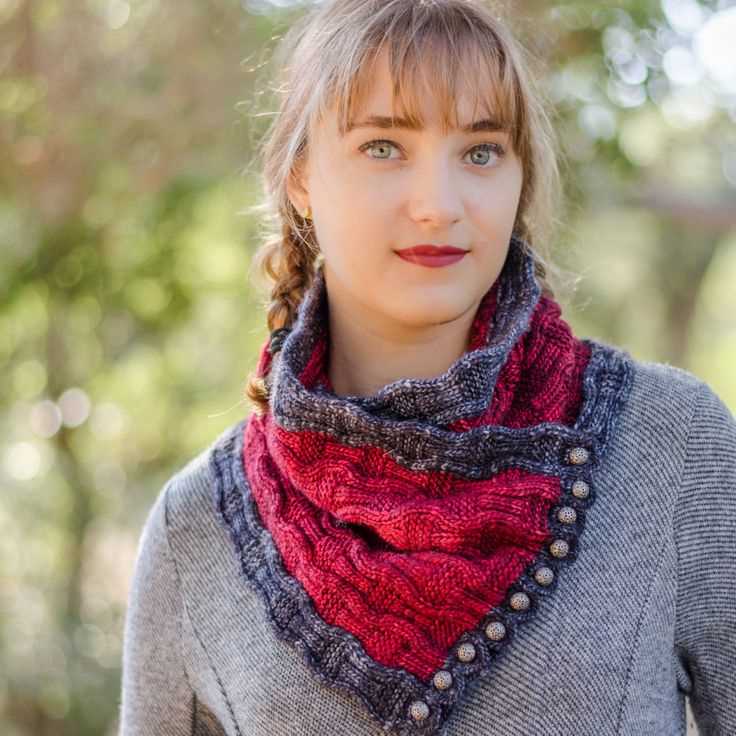
If you’re looking to add some excitement to your knitting projects, adding texture to your scarves can be a great way to do it. Textured scarves not only look visually appealing, but they also provide an extra layer of warmth and coziness. Here are some tips to help you achieve beautiful and textured scarves that will make a statement:
1. Experiment with different stitch patterns
One of the easiest ways to add texture to your scarves is to experiment with different stitch patterns. There are countless stitch patterns to choose from, ranging from simple to complex. Some popular options include cables, bobbles, seed stitch, and moss stitch. By switching up your stitch pattern, you can create a scarf that is truly unique.
2. Play with yarn weights and fibers
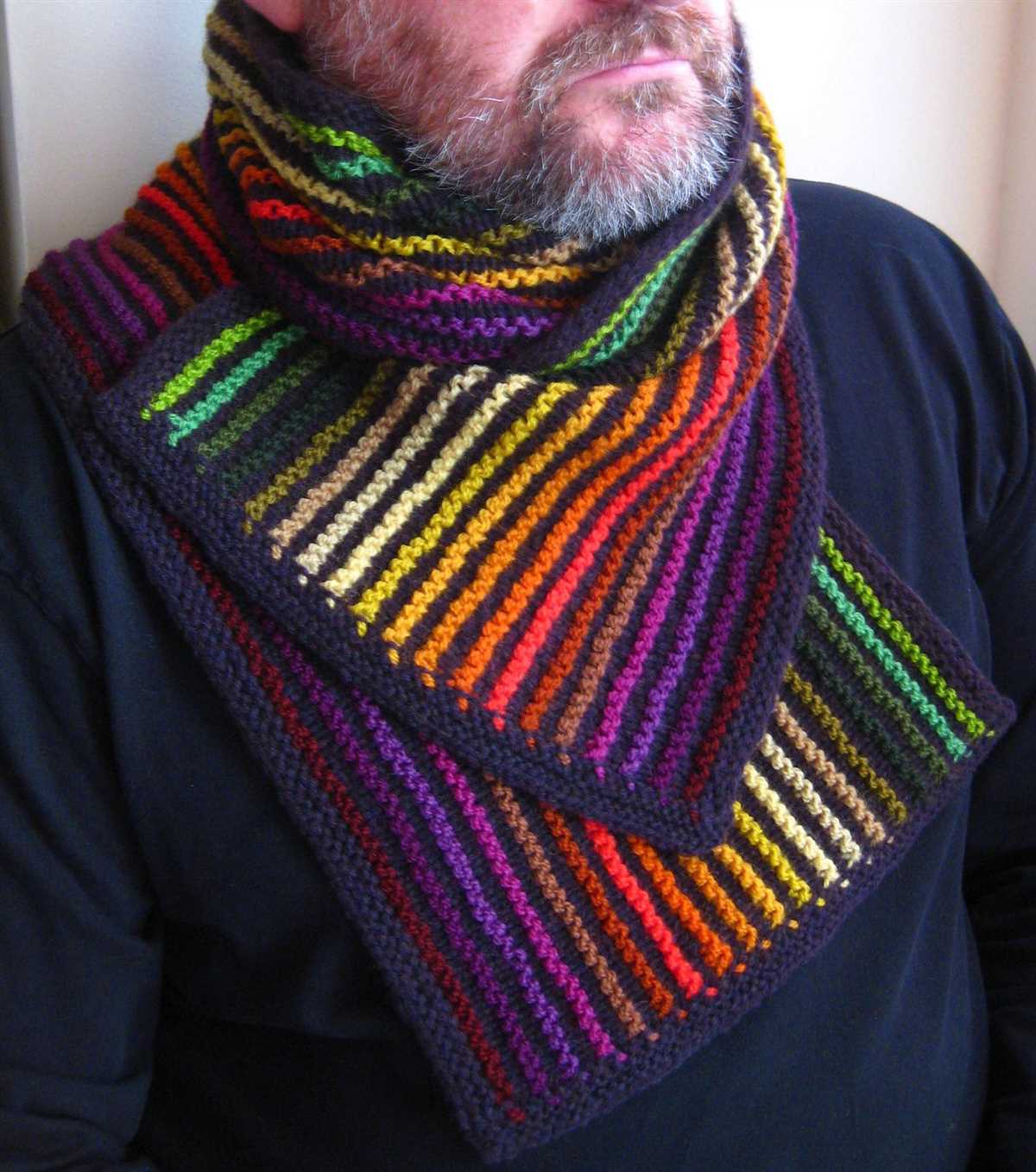
The type of yarn you choose can have a significant impact on the texture of your scarf. Different yarn weights and fibers can create different textures. For example, using a bulky yarn will result in a chunkier, more textured scarf, while using a lace weight yarn will create a more delicate and airy texture. Experimenting with different yarns can be a fun way to play with texture.
3. Incorporate different knitting techniques
Don’t limit yourself to just knitting! Incorporating other knitting techniques, such as purling, cabling, and lace knitting, can add depth and dimension to your scarves. For example, by alternating between knitting and purling rows, you can create a ribbed texture. By learning and incorporating different techniques, you can take your scarves to the next level.
- Try using a combination of knit and purl stitches to create a ribbed texture.
- Experiment with cables to add an intricate and textured look to your scarves.
- Explore lace knitting to create a delicate and intricate pattern.
- Consider using different textured stitch patterns, such as seed stitch or moss stitch, to create a unique texture.
In conclusion, adding texture to your scarves can elevate your knitting projects and create visually interesting and cozy accessories. By experimenting with different stitch patterns, yarn weights and fibers, and incorporating various knitting techniques, you can create scarves that are not only functional but also works of art.
How to Personalize Your Scarf with Different Colors
1. Choose a Color Scheme
Before you start adding colors to your scarf, it’s important to decide on a color scheme. Consider the overall look you want to achieve – whether it’s bold and vibrant, or subtle and sophisticated. You can opt for complementary colors that create a striking contrast or choose analogous colors for a more harmonious blend. Use a color wheel as a guide to help you determine which colors work well together.
2. Add Color Blocks
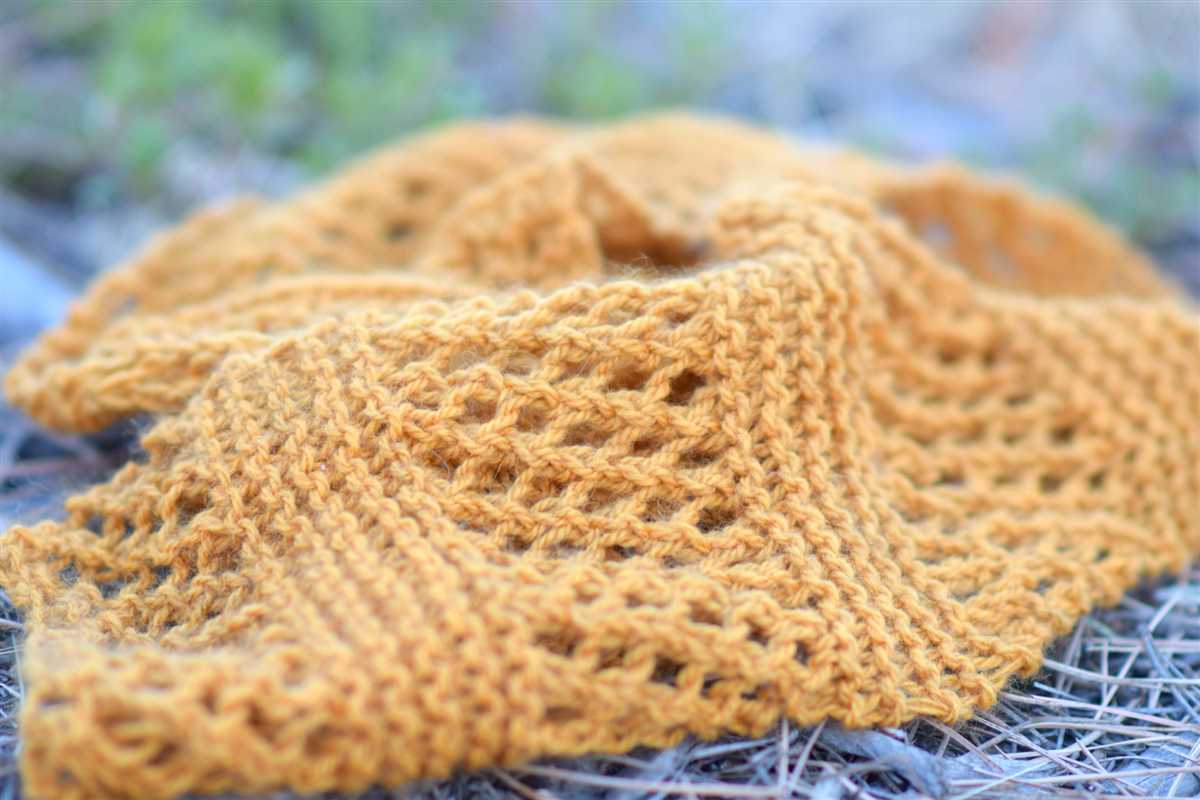
A simple yet effective way to personalize your scarf is by adding color blocks. This can be done by knitting or crocheting sections of your scarf in different colors. You can opt for alternating blocks of colors or create a gradient effect by transitioning from one color to another. This technique allows you to experiment with different color combinations and create a visually appealing design.
3. Introduce Colorful Patterns
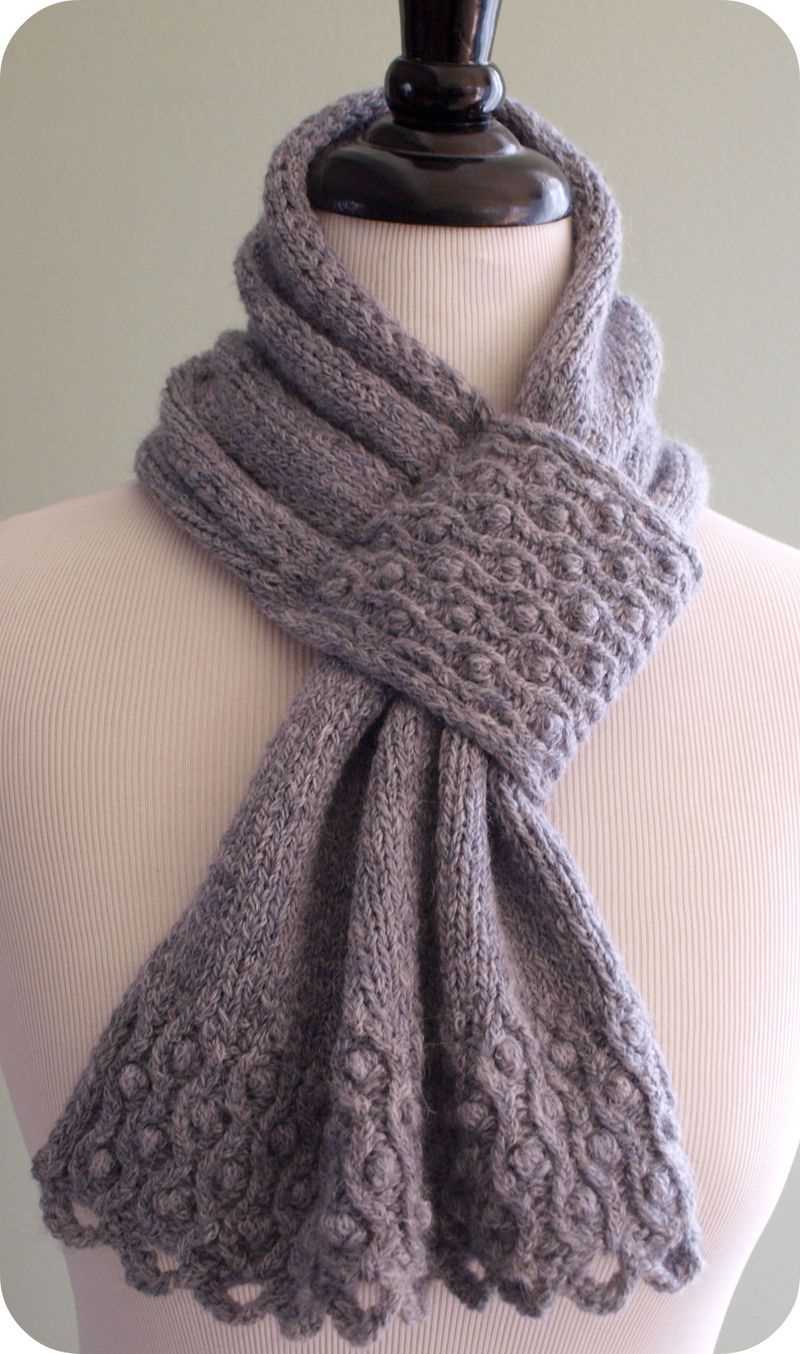
If you’re an experienced knitter or crocheter, you can take it a step further by incorporating colorful patterns into your scarf. You can use different stitches and techniques to create intricate designs and motifs using different colors. For example, you can try fair isle or stranded knitting, where you knit with multiple colors in a single row to create intricate patterns. This technique allows you to showcase your creativity and add a unique touch to your scarf.
4. Consider Embellishments
In addition to using different colors in your knitting or crochet work, you can also personalize your scarf with embellishments. Consider adding colorful tassels, pom-poms, or fringe to the ends of your scarf. You can also incorporate beads, buttons, or sequins into your design to add a touch of sparkle and individuality. These small details can make a big difference in customizing your scarf and making it truly unique.
By incorporating different colors, whether through color blocks, patterns, or embellishments, you can easily personalize your scarf and make it a true reflection of your personal style. Have fun experimenting with different color combinations and techniques, and create a scarf that is as unique as you are.
Creating Scarf Patterns with Different Knitting Techniques
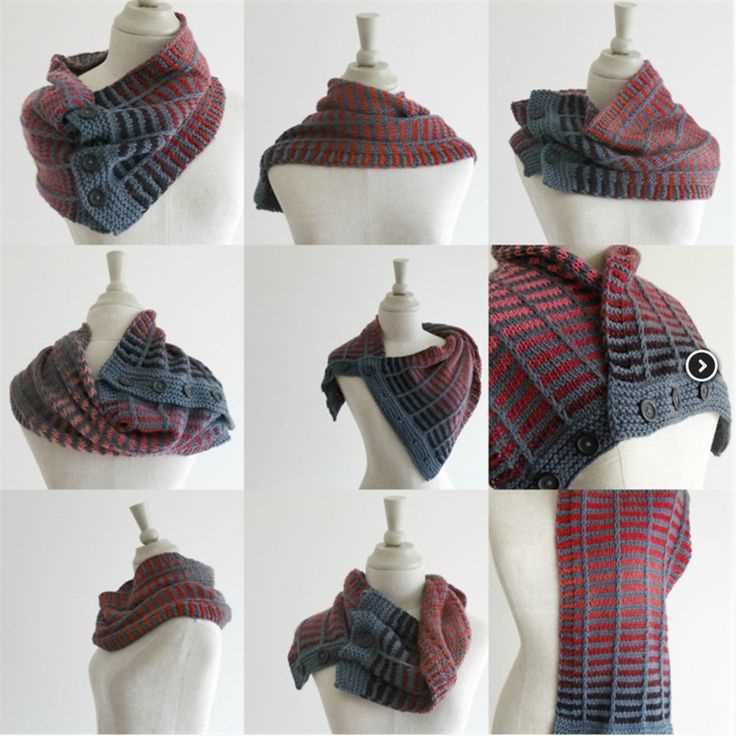
Knitting scarves is a popular and enjoyable craft that allows you to create beautiful and functional accessories. With a variety of knitting techniques, you can add texture, color, and interest to your scarf patterns. Whether you’re a beginner or an experienced knitter, experimenting with different techniques can help you create unique and personalized scarves.
One technique you can try is the cable knitting technique. This involves using a cable needle to cross stitches over each other, creating a twisted effect. By incorporating cables into your scarf pattern, you can create intricate and eye-catching designs. You can experiment with different cable patterns, such as braided cables or lattice cables, to add more dimension and visual interest to your scarf.
Another technique to consider is lace knitting. Lace patterns involve creating deliberate holes and patterns in the fabric, resulting in a delicate and feminine look. You can use lace knitting to create airy and lightweight scarves that are perfect for spring or summer. By selecting different lace stitch patterns, such as leaf motifs or floral designs, you can create a scarf that is truly unique.
If you prefer a simpler and more versatile technique, you can try colorwork knitting. Colorwork involves using multiple colors of yarn to create patterns and designs in your knitting. This can be done using stranded knitting, where you carry the unused color along the back of your work, or intarsia knitting, where you use separate bobbins of yarn for each color. By playing with different color combinations and patterns, you can create scarves that are bold, vibrant, and full of personality.
Overall, by incorporating different knitting techniques into your scarf patterns, you can create beautiful and personalized accessories. Whether you choose to experiment with cables, lace, colorwork, or a combination of techniques, the possibilities are endless. Have fun exploring different patterns and techniques, and let your creativity shine through in your scarf knitting projects.
Finishing Touches: Blocking and Adding Fringe to Your Scarf
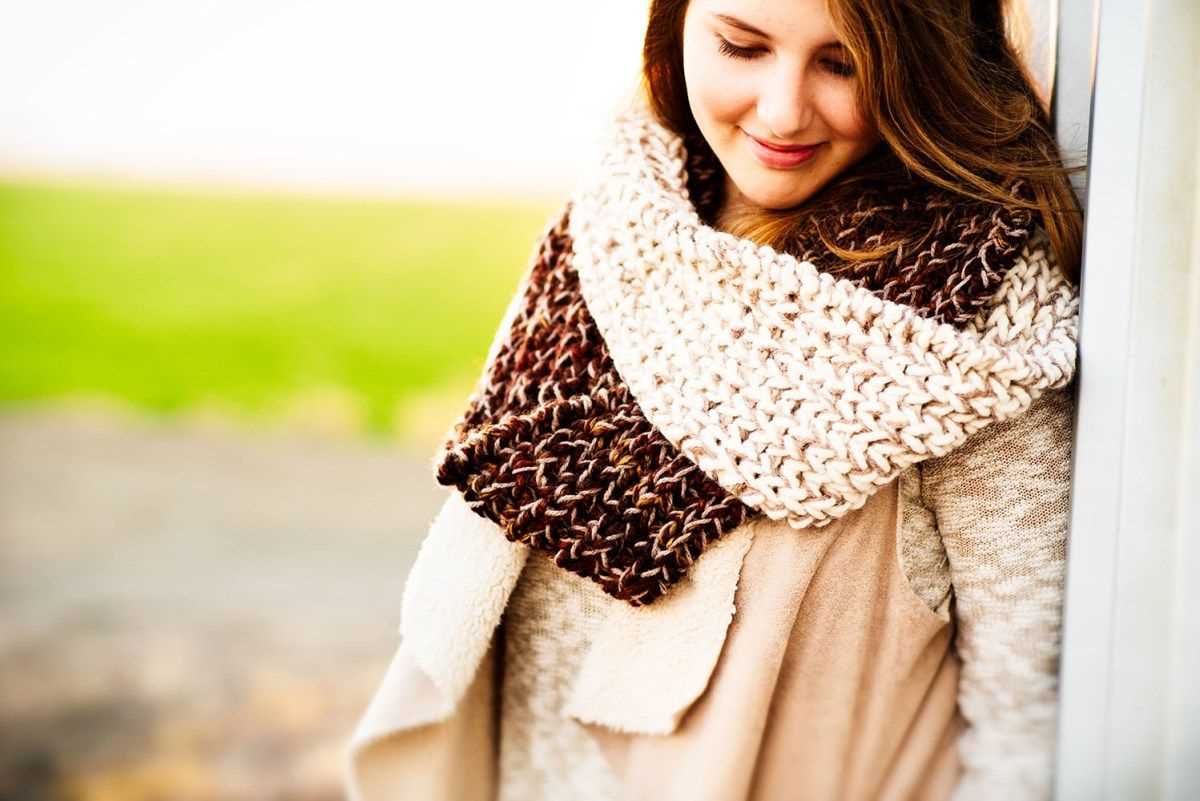
Once you have completed knitting your scarf, there are a few finishing touches that can take it from a simple accessory to a stunning piece. Blocking your scarf will help to give it a more polished and professional look, while adding fringe can add a touch of personality and style.
Blocking Your Scarf
Blocking is the process of shaping and resizing your scarf to ensure that it lays flat and has an even appearance. To block your scarf, you will need a blocking board or surface, T-pins, and a spray bottle filled with water. Follow these steps to block your scarf:
- Step 1: Pin your scarf to the blocking board, making sure it is stretched out to the desired dimensions. Use T-pins to secure the edges and any specific areas that need shaping.
- Step 2: Spray your scarf with water until it is evenly damp. Be careful not to oversaturate the fabric.
- Step 3: Leave your scarf to dry completely. This may take a few hours or overnight, depending on the thickness of the yarn and the humidity in the room.
- Step 4: Once your scarf is dry, carefully remove the T-pins. Your scarf should now be beautifully blocked and ready to wear.
Adding Fringe to Your Scarf
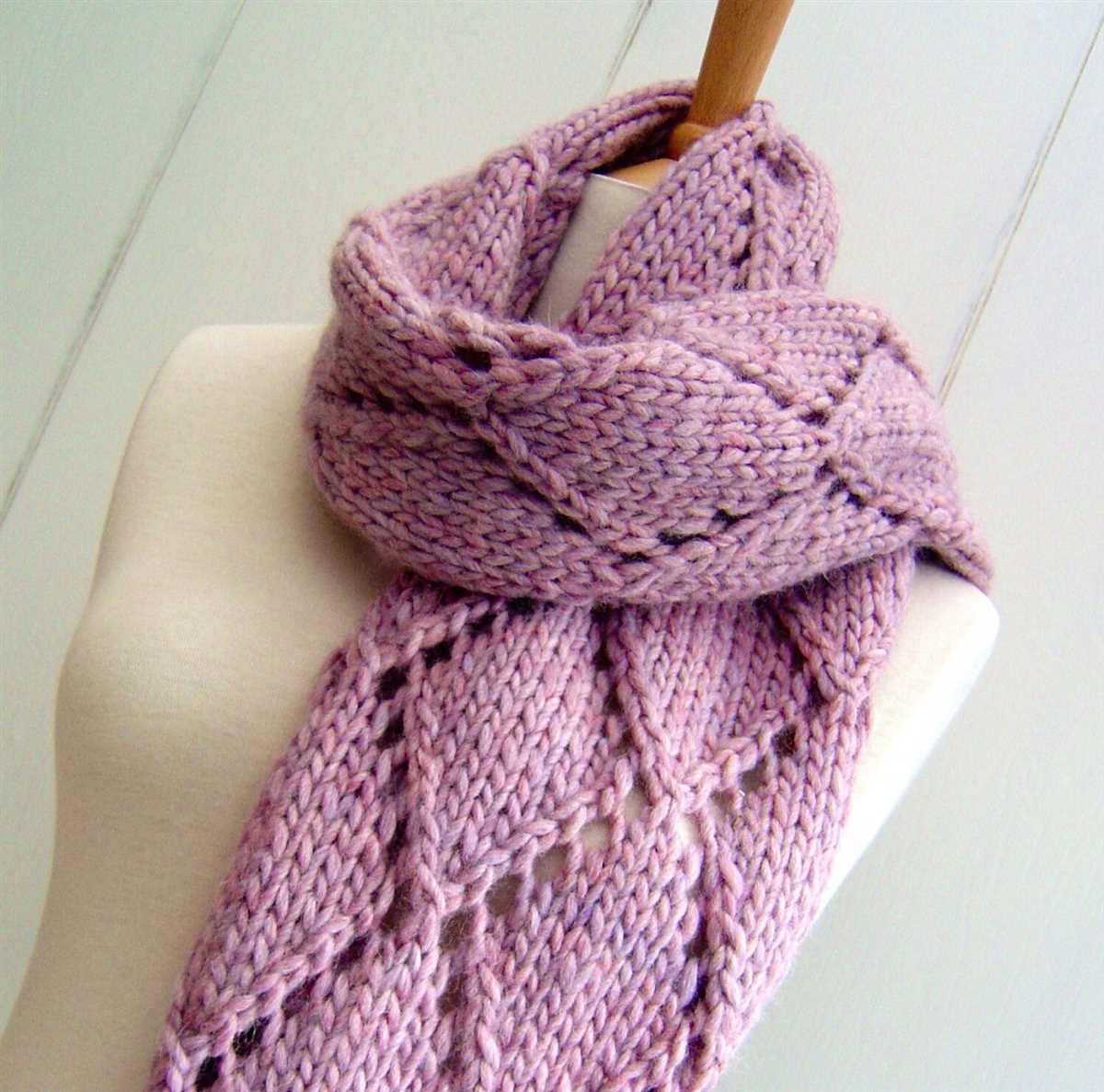
If you want to add some flair to your scarf, consider adding fringe. Fringe can be made from the same yarn as your scarf or a coordinating yarn for a contrasting effect. Here’s how you can add fringe to your scarf:
- Step 1: Cut strands of yarn that are double the desired length of your fringe. For example, if you want 4-inch fringe, cut 8-inch strands.
- Step 2: Fold each strand of yarn in half to create a loop.
- Step 3: Use a crochet hook or your knitting needle to pull the loop through a stitch at the edge of your scarf.
- Step 4: Pull the ends of the yarn through the loop and tighten to secure the fringe in place. Repeat this process along the entire edge of your scarf, spacing the fringe as desired.
Adding fringe can give your scarf a playful and bohemian look, or add a touch of elegance, depending on the style of yarn you choose. Experiment with different lengths and yarns to create the perfect fringe for your scarf.
With your scarf blocked and fringe added, you have put the finishing touches on your knitting project. Whether you are keeping the scarf for yourself or giving it as a gift, these extra steps will elevate your scarf from ordinary to extraordinary.